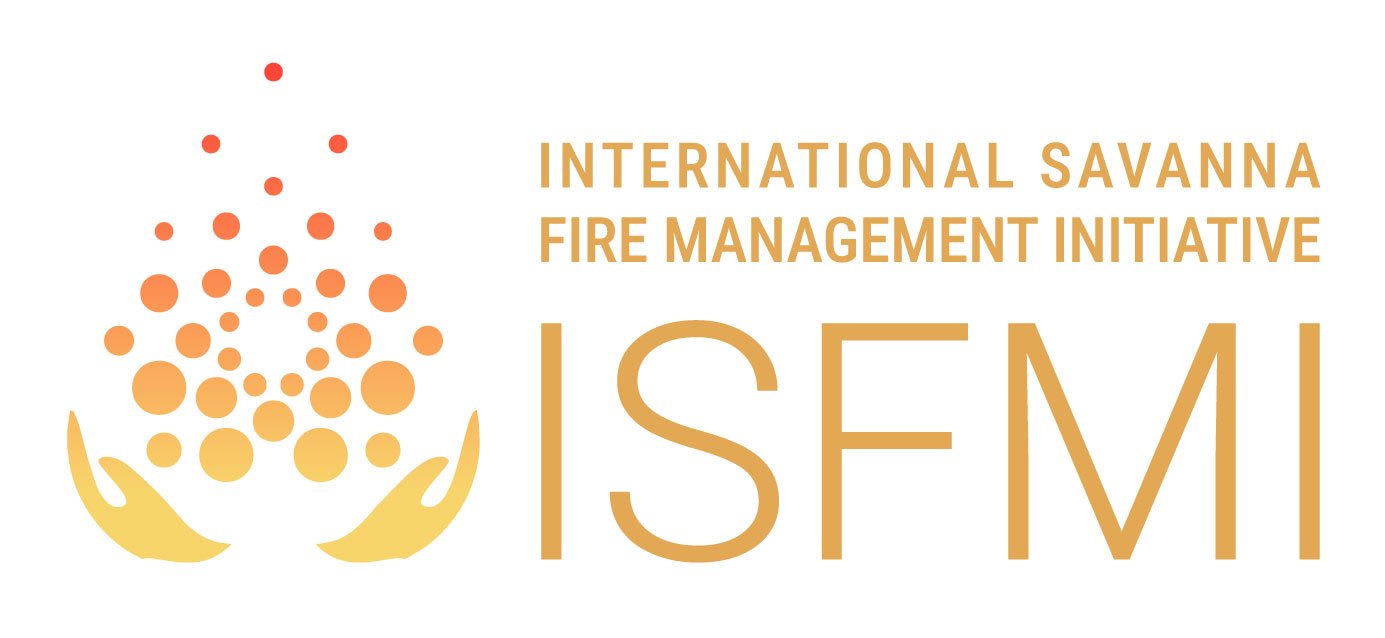Brazil’s ISPN makes statement on misuse of the term ‘Savannization’
Unique and complex, the Brazilian savanna (Cerrado) is the most biodiverse in the world. Despite this species richness, a term commonly used in the region, namely ‘forest savannisation’, misleadingly diminishes the importance of savanna, says the Institute of Society, Population and Nature (ISPN).
In a recent statement, ISPN warns that the processes of environmental degradation in the Amazon should not be labeled as "forest savannization". ISPN, a socio-environmental organization with 30 years of experience in Cerrado conservation emphasizes that the use of the term implies that savanna is a landscape embodying degradation, deforestation and impoverishment of native species. Instead, according to the statement, savannas contain "unique, complex, and exclusive biotas and ecosystems, just like forests". The Cerrado, for example, is the most biodiverse savanna in the world, home to 5% of all species in the world and 30% of Brazilian species, many of them endemic - that can only be found in this biome.
“To consider ‘savannization’ a process of environmental degradation, besides being discriminatory and pejorative, also undermines the efforts to defend savannas, such as the Cerrado, which is currently the most threatened biome in Brazil after losing half of its original vegetation and for having the high rates of deforestation. The expansion of agribusiness benefits from the idea of a supposedly 'poor' biome” affirms the researcher Livia Moura, technical assistant at ISPN.
The statement, also addressed to environmental NGOs that sometimes use the term without recognising it’s possible negative impacts, can be read in full here.




